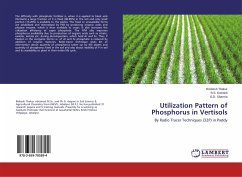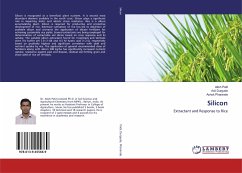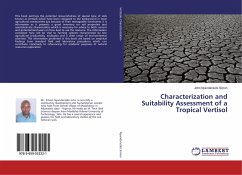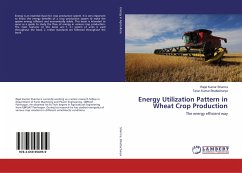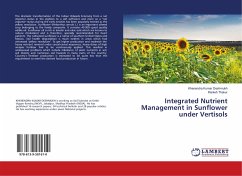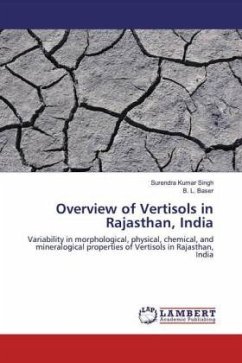The difficulty with phsophatic fertilizer is, when it is applied to black soils (Vertisols) a large fraction of it is fixed (80-85%) in the soil and only small portion (15-20%) is available to the plants. The fixed or unavailable forms are solubilized and mineralised by PSB by producing organic acids and phytase enzyme, which is than available to crops. It also increases the utilization efficiency of super phosphate. The FYM also improves phosphorus availability due to production of organic acids such as citrate, oxalate, lactate etc. during decomposition, which hold AI and Fe. Thus, P fixation in the inorganic forms i.e. of AI and Fe phosphate is reduced by addition of organic manures. Ratio-tracer technique gives lot of information about quantity of phosphorus taken up by the plants and quantity of phosphorus fixed in the soil and also about mobility of P in soil and its availability to plant in their entire life cycle.
Bitte wählen Sie Ihr Anliegen aus.
Rechnungen
Retourenschein anfordern
Bestellstatus
Storno

